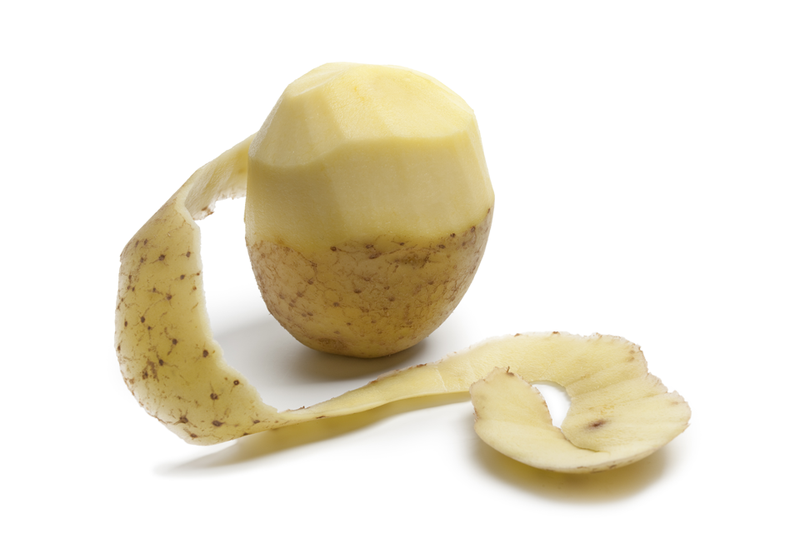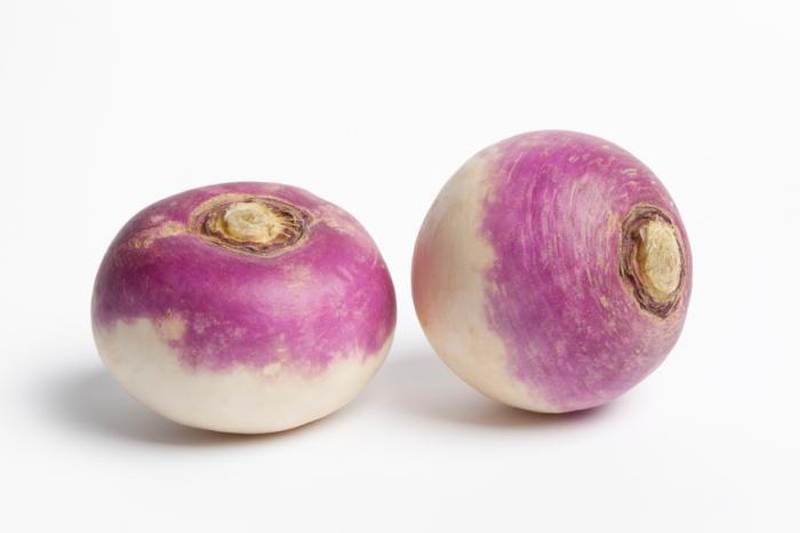No matter how good vegetable peeler you have, peeling a carrot is always a concern for lazy souls. To peel or not to peel is the only question in my mind, whenever I am holding a carrot. To say the truth, sometimes I prefer peeling and sometimes (the days, when I feel the laziest), I don’t. People have their thoughts divided on this topic. Do you have to peel carrots and other veggies, or is it ok to scrub, wash and eat them?

Do You Have to Peel Carrots Before Eating?
Not really! There is no compulsion of peeling off the thin skin of carrots, especially when you are going to eat raw carrots. Just don’t forget to wash it. Many of you must be thinking, ‘Isn’t peeling the better option?’ In fact, the skin of carrots and the layer right underneath it consists of some great essential nutrients. Removing it would deprive you of the benefits.
As it is a root vegetable, it comes with dirt on its skin (even with pesticides, if they are non-organic), so people find it necessary to peel the skin. Some find the skin’s taste as bitter and unpleasant. While to some, the unpeeled carrots are not that appealing visually. But that’s nothing but misconceptions. If you simply give them a good wash and scrub the skin well with a high-quality veggie-scrubber, that would be just fine.
Note: It’s not necessary to peel the non-organic carrots. Wash them with hot water to get rid of any chemical residue. Adding a bit of salt with vinegar/lemon in that water is enough.
Some Other Vegetables with Peeling Dilemma
Potatoes
A big part of potato nutrients is in its skin. The skin is naturally enriched with vitamins and fibers. The list of other health-promoting properties includes: iron, copper, vitamin B6, vitamin C, vitamin K, calcium, magnesium and potassium. I don’t think you would like to peel off the skin next time when you are going to cook them.
Sweet Potatoes
The same rule goes with the peel of sweet potatoes. It has miraculous health benefits. It’s enriched with beta-carotene, which is converted into vitamin A, at the time of digestion. And vitamin A is all about strong immune system. Besides it, potassium and vitamin C too are part of sweet potatoes.
Cucumbers
Cucumber is a low-caloric vegetable. Its skin has several essential antioxidants, potassium and insoluble fibers. Fiber means a regular bowel movement. The same peel is considered helpful in fighting colon cancer too. It is normally used after peeling its dark green skin. But that really is not a compulsion. You can ingest it with skin for getting complete benefits of a cucumber, as almost all the necessary nutrients of cucumber come from its peel. The inside pulp is mostly consisted of water.
Beets
Do not spoil your taste and chances of good immunity by peeling off the beets. Beets have many essential nutrients, including Betanin and vulgaxanthin. Both of these nutrients have anti-inflammatory properties.
Eggplant
If you have been cooking eggplants after peeling, I am sure you would not do that after reading this. The vibrantly hued eggplant is colored so awesomely, because its peel has nasunin, a type of flavonoid. Nasunin is considered good for our nervous system as well as for a younger looking skin. The same antioxidant is present in other colorful fruits and vegetables like red cabbage, beets and berries.
Tomatoes
Do you have to peel carrots, tomatoes and other vegetables and you hate it? In tomatoes, each part, its peel, pulp and seeds, has its own health benefits. You can easily use it without removing the thin skin. In case you are using them for puree, peeling would be ok.
Onion
Onion is a part of about every other dish. Its peel is not edible so it needs to be removed before eating. But studies have proven that the onion peel comes with quercetin. You can get its nutrients by making it a part of daily diet.
Turnip
Like carrot, turnip too is a root vegetable. We have seen people using it with or without peeling. The smaller a turnip is, the sweeter its taste would be. So, you can cook these sweet turnips without even peeling. A turnip should be peeled if it is large-sized (to avoid the bitterness). Secondly, peeling is ok, if you are planning to bake or roast them.
Parsnips
Parsnips or white carrots come with a comparatively bitter taste (than carrots). That’s the very reason why it is peeled most of the time. Just like carrots, parsnips too have a rich layer of nutrients right under its skin. Nutritionists suggest using it without peeling.
Ginger
We normally use ginger in a minced form. So, it doesn’t make much difference if you peel it or not. But for the foods like custard or some sauce, it is recommended to peel the skin first.
Note: If you still want to peel ginger’s skin, don’t throw it away. Use the peels to get yourself a nice cup of ginger-lemon tea.
How to Decide
In most of the cases, peels are good to use. The final choice of peeling or not peeling is still yours. There are a few points that can help you in making the decision about ‘to peel or not to peel’.
Organic or non-organic vegetable: If it’s non-organic, you may peel it.
The method of preparation: Do you have to peel carrots, ginger or tomatoes, even if you are going to cook them in the most common ways? You don’t need to. Peeling is recommended only in the preparation of soups and purees.
What’s their hygienic condition: Beets, carrots, parsnips and turnips (root vegetables), all come with a lot of dust. Prefer washing them but if you still find some unscrubbable dirt elements, peel them off.
How does the peel taste: If peel tastes good, there is no need to peel it off.
Is it fresh: Sometimes the vegetable is not fresh, especially when the skin seems lifeless, you can peel it.





View All Comments /Add Comment